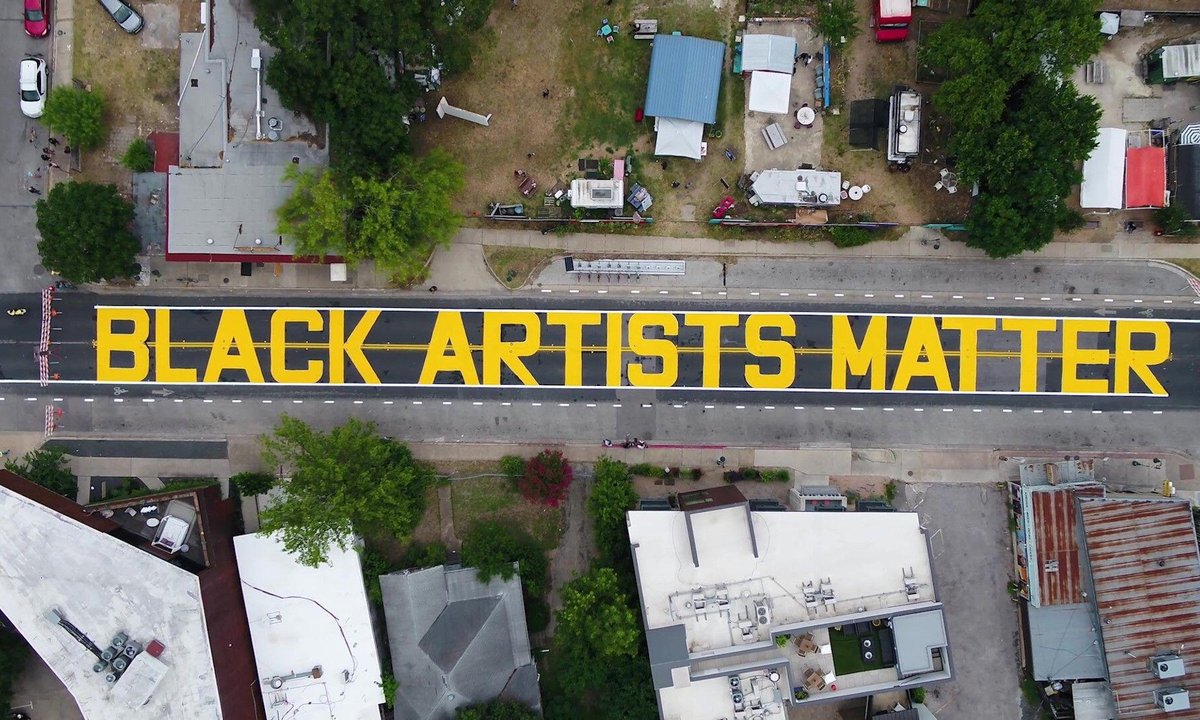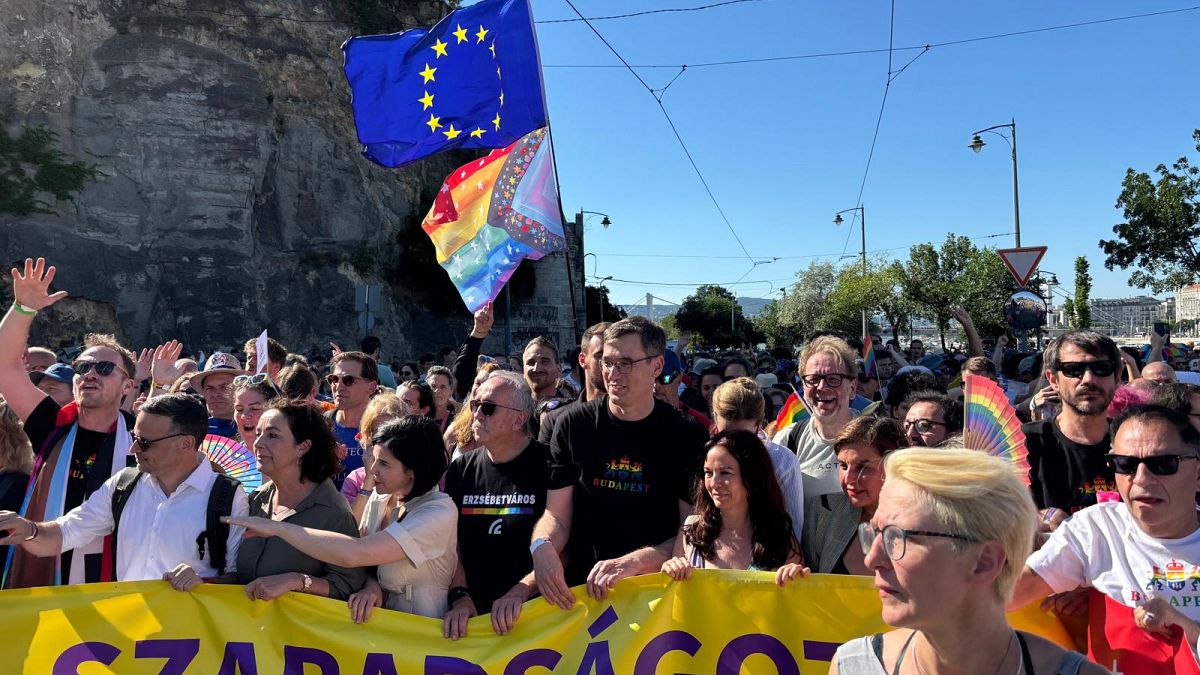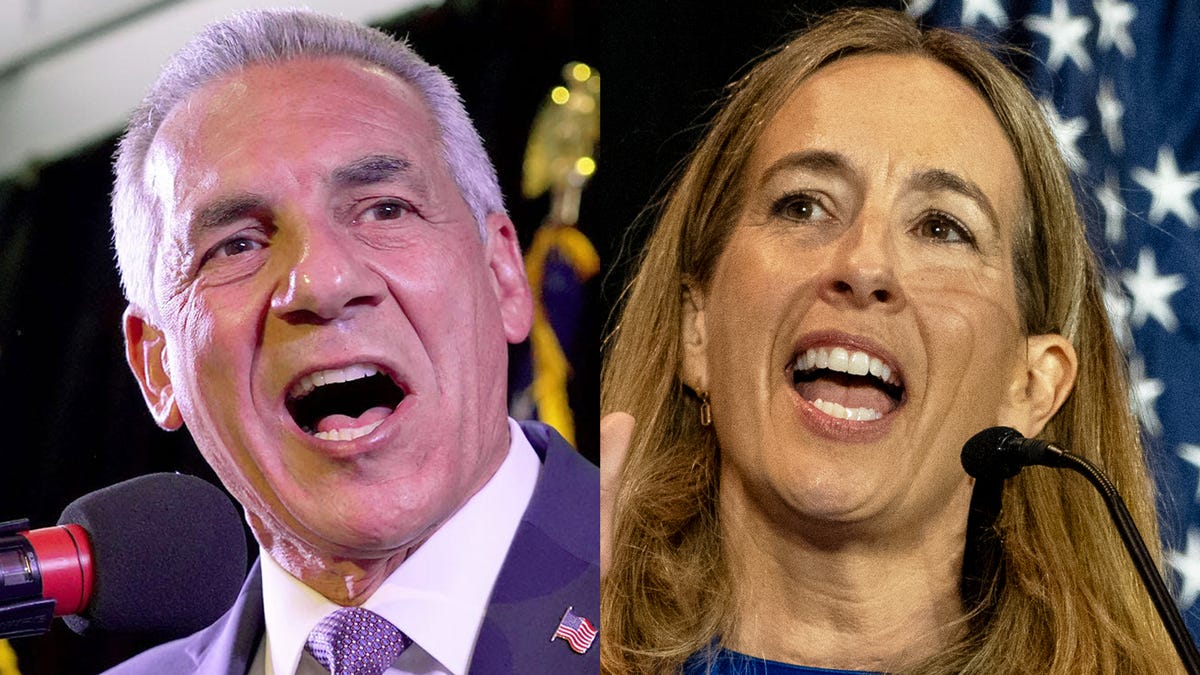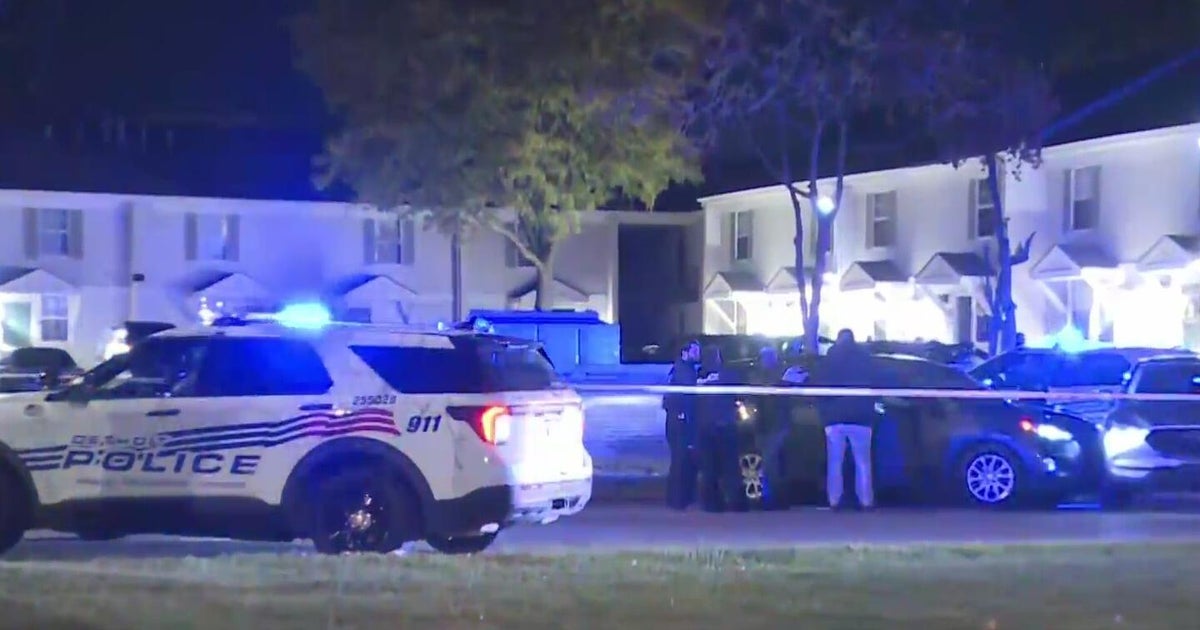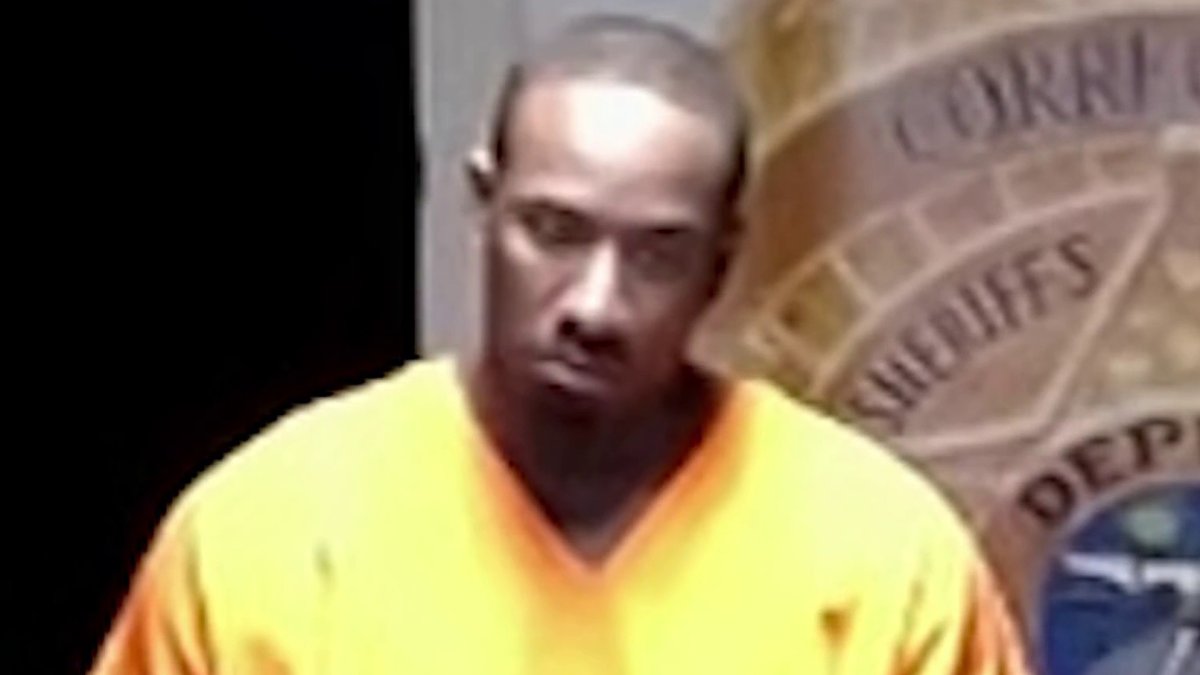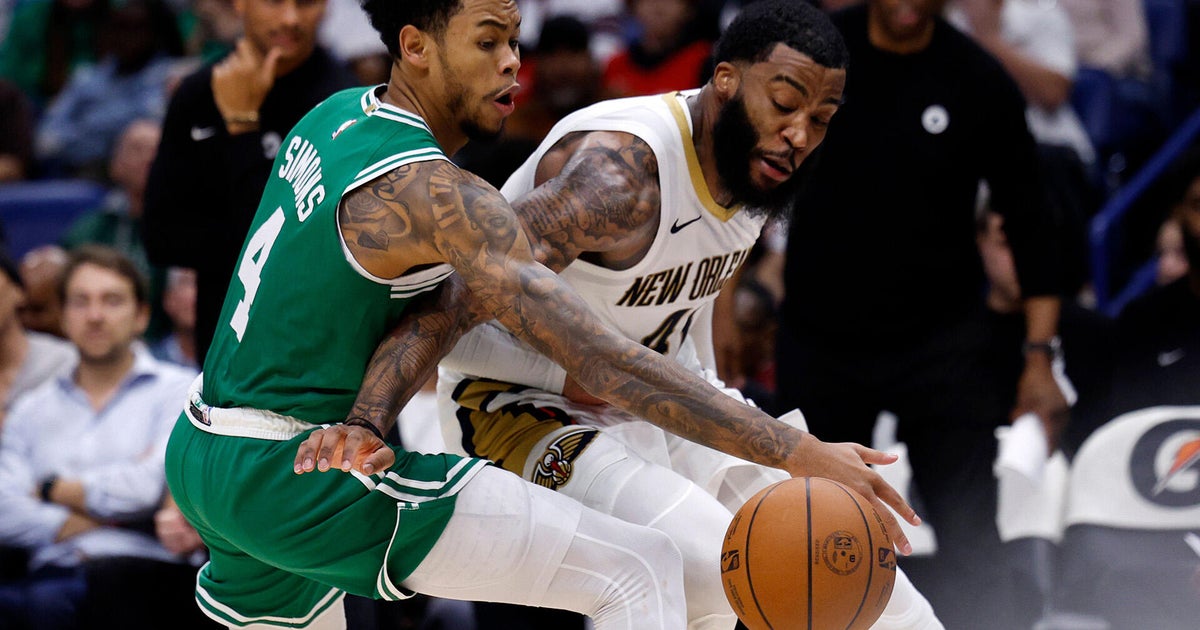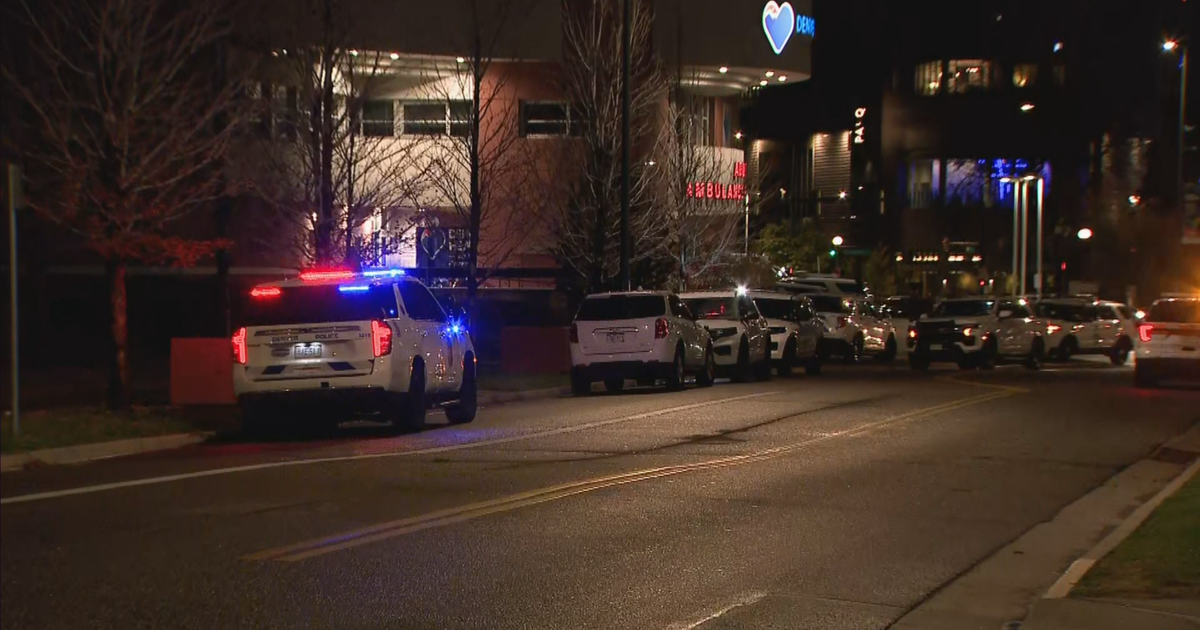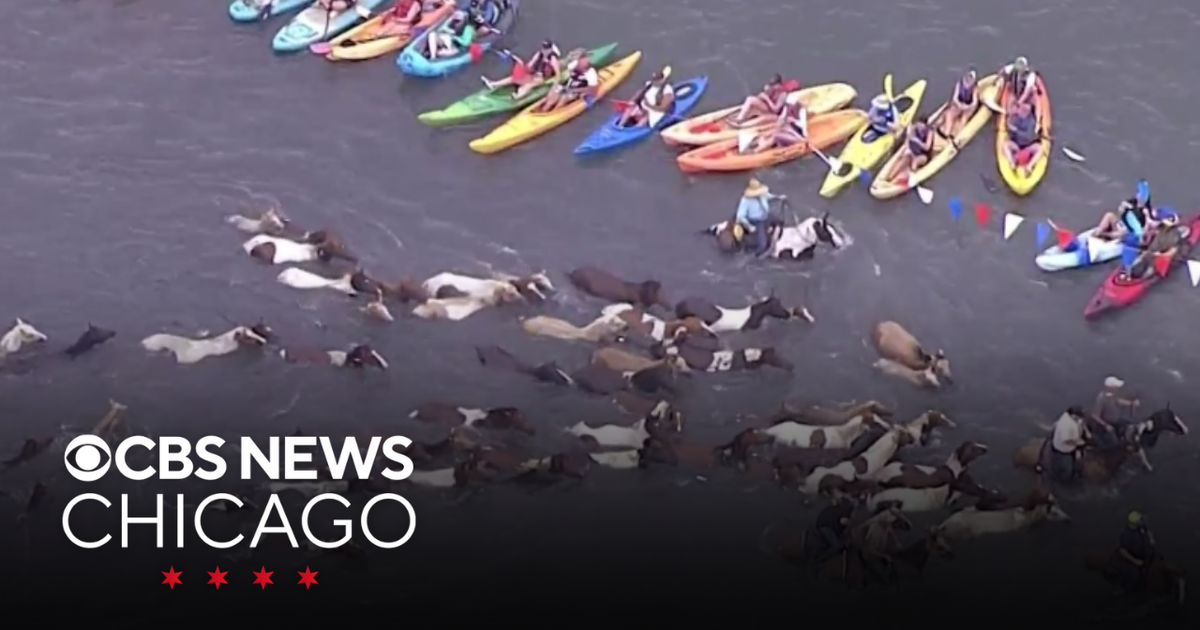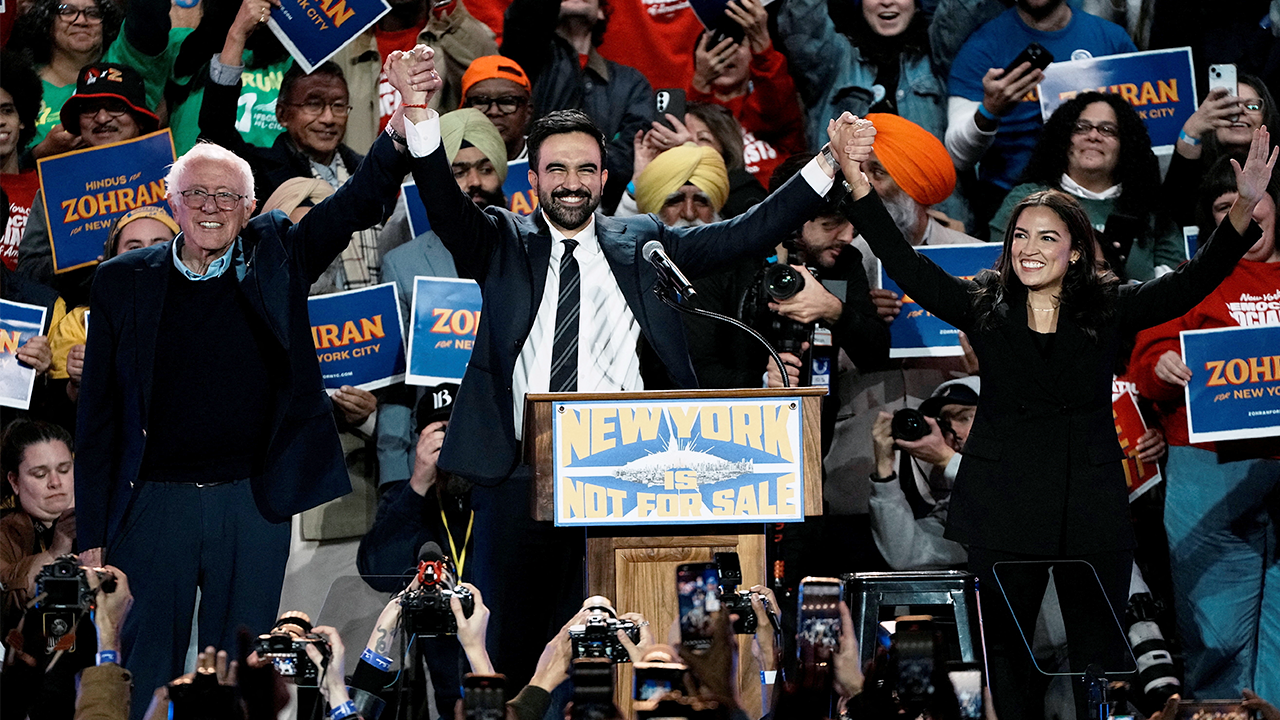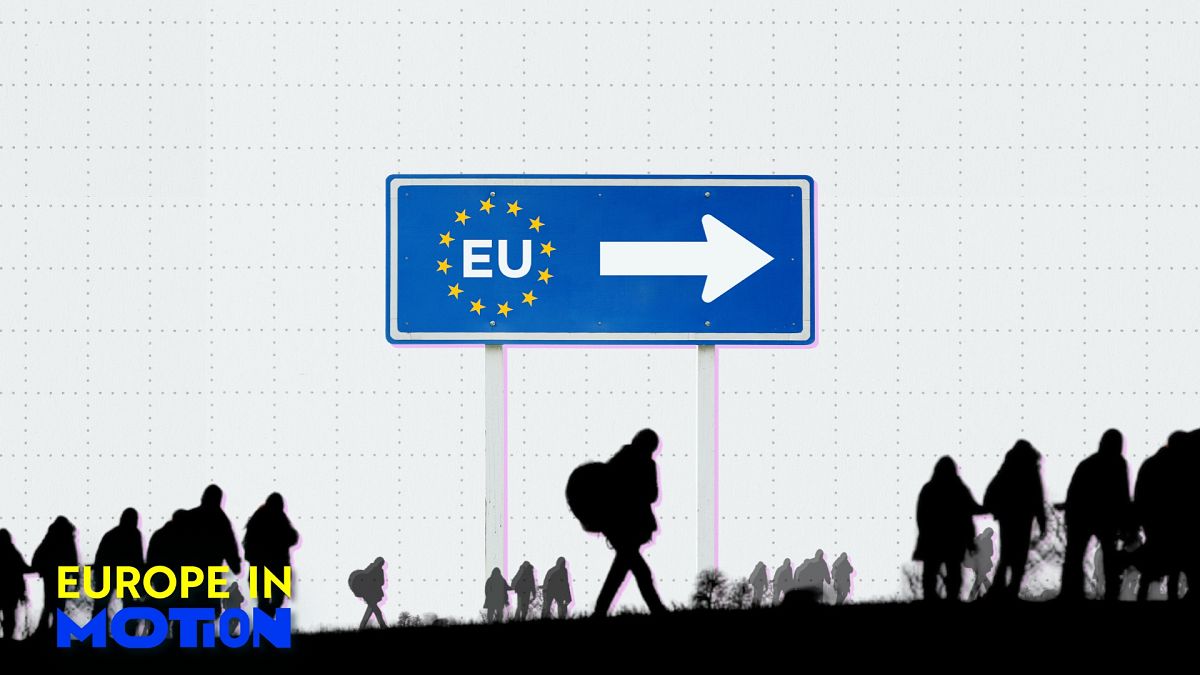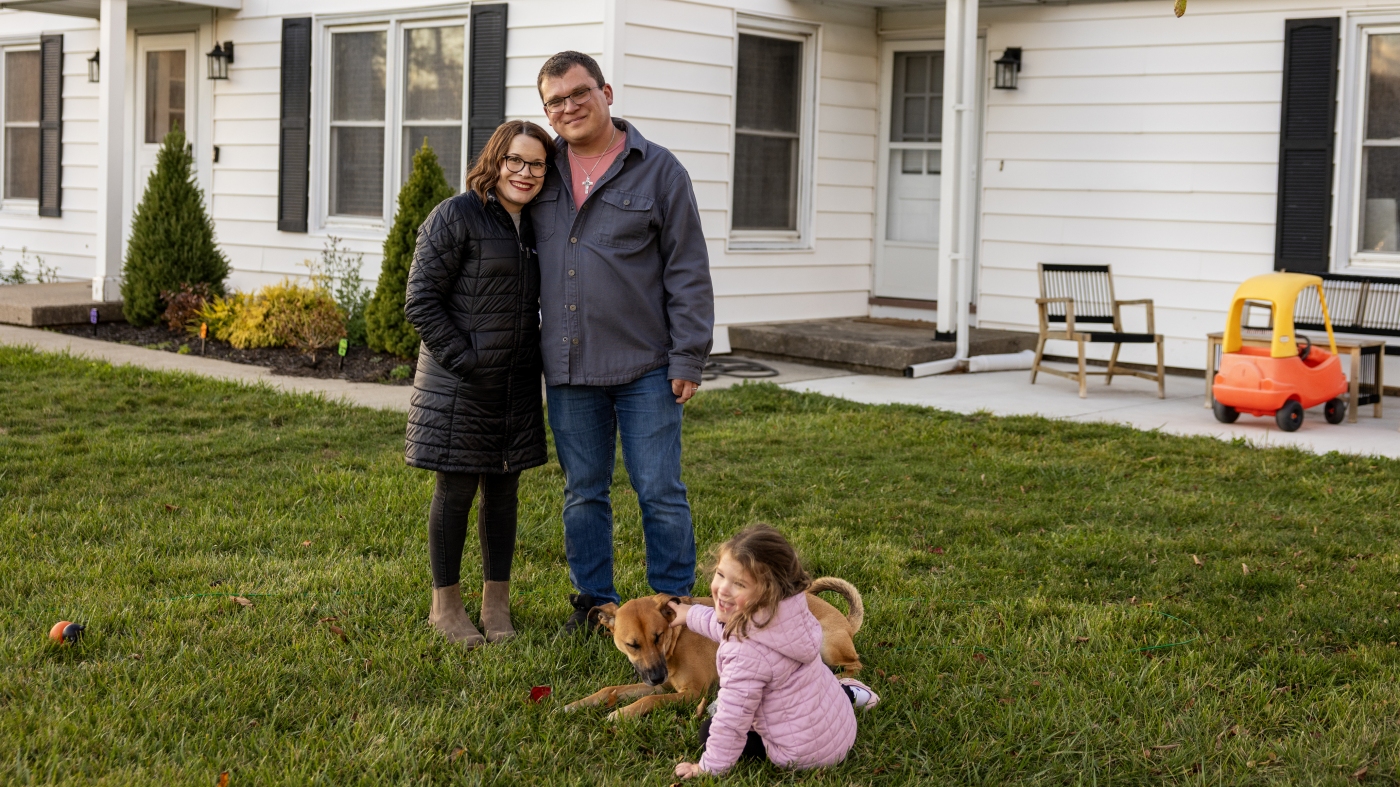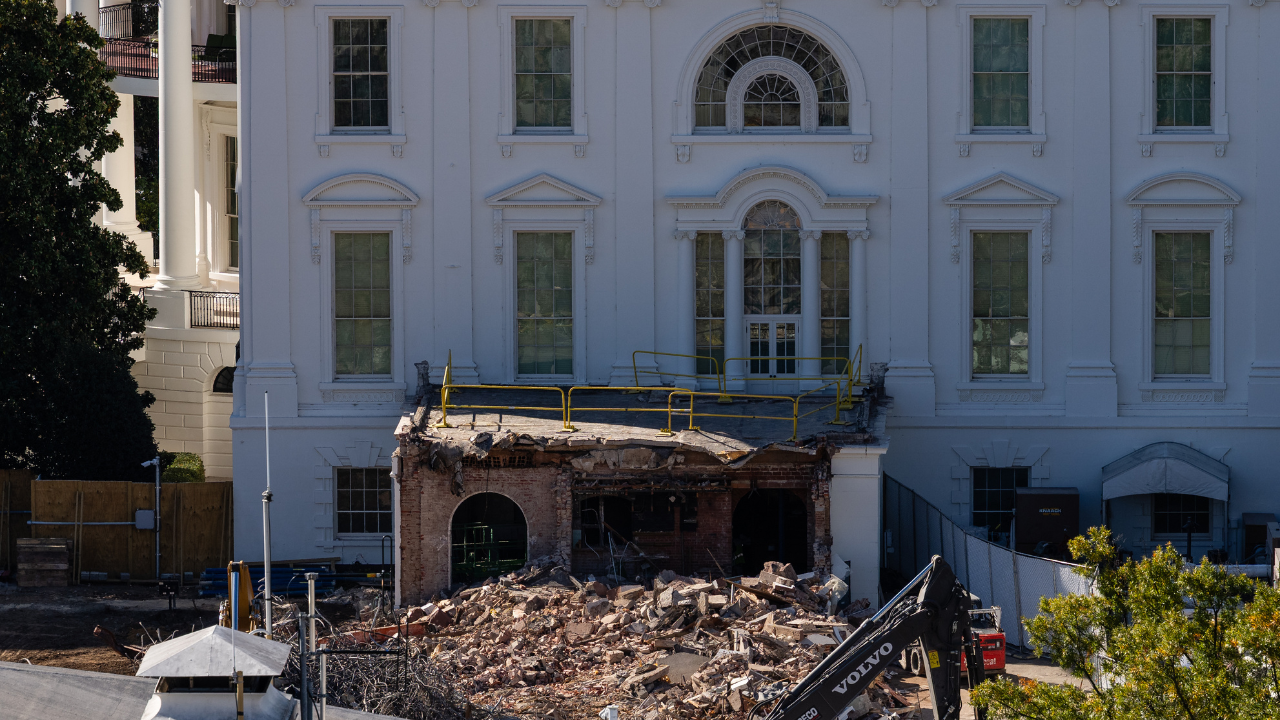California
Editorial: California voters should protect same-sex marriage from U.S. Supreme Court assault

No one, regardless of sexual orientation, should be deprived of the ability to marry the person they love.
That might seem like a fundamental and bedrock idea, but for California and the nation, it’s relatively new. And, unfortunately, there is no assurance the U.S. Supreme Court will remain on board.
That’s why voters in California’s Nov. 5 election must pass Proposition 3, which would update the state Constitution to match the mores of the 21st century.
The growth in national public support and legal protections for gay marriage over the past quarter century has been monumental.
Just 24 years ago, 62% of state voters approved Proposition 22, which affirmed in state law that only marriage between a man and a woman would be valid or recognized in California.
That was upended in May 2008, when the California Supreme Court ruled that same-sex couples had a fundamental right under the state Constitution to marry.
But later that year, 52% of California voters supported an initiative, Proposition 8, that added a ban on same-sex marriage to the state Constitution.
That was overturned with U.S. Supreme Court rulings in 2013 and 2015 that cleared the way for gay marriage in California and established a federal constitutional right nationwide.
Regrettably, that might not be the final word. The narrow 5-4 ruling in 2015 could be in danger with the conservative shift of the high court. Of the five justices in the majority nine years ago, only two, Elena Kagan and Sonia Sotomayor, remain on the court today.
Chief Justice John G. Roberts Jr., who today is considered one of the more moderate members of the court, dissented in the 2015 ruling. And, in the court’s 2022 ruling overturning constitutional protections for abortion rights, Justice Clarence Thomas issued a concurring opinion arguing that gay rights should also be subject to state-by-state review.
Thus, there is no guarantee that gay-marriage protections would survive review of the current U.S. Supreme Court any better than abortion rights did. Once again, a key issue of personal liberty could be relegated to each state to decide.
Making matters worse, right now in California, the 2008 wording of Proposition 8, even though struck down by the courts, remains in the state Constitution. Proposition 3 would fix that, repealing Proposition 8 and recognizing the fundamental right to marry, regardless of race or sex.
Proposition 3 would ensure California’s Constitution keeps up with changing public sentiment. In 2000, 38% of likely voters surveyed by the Public Policy Institute of California said they supported gay marriage. By last year that support had doubled, to 75%.
In polling this year for the Los Angeles Times, 71% of adults nationwide and 72% of Californians said that the 2015 U.S. Supreme Court ruling legalizing same-sex marriage in all states should be left intact.
There’s no guarantee that will happen. Californians should inoculate the state against a federal reversal of same-sex marriage rights by passing Proposition 3.
Originally Published:

California
California Schools Are Losing Tree Canopy

About 85% of elementary schools studied in California experienced some loss of trees between 2018 and 2022, according to a paper from the University of California, Davis, published this month in the journal Urban Forestry and Urban Greening.
Members of the UC Davis Urban Science Lab found that while the average decline was less than 2%, some districts in the Central Valley — including schools with few trees to lose — lost up to a quarter of their tree cover. The most severe losses were concentrated in Tulare County, while the most notable gains were found in Imperial County.
The findings are troubling as climate change will likely intensify extreme heat and drought conditions. The study underscores an urgent need to improve tree canopy in low-shade, high-need schools and to protect existing tree cover in areas facing loss.
“We are trying to measure to what extent we are exposing kids to temperatures that might be stressing their body to a level that becomes uncomfortable or dangerous,” said Alessandro Ossola, an associate professor of plant sciences who directs the Urban Science Lab at UC Davis.
The team continued the research this past summer at elementary schools across the state, measuring tree canopies and maximum temperatures at playgrounds, basketball courts, soccer fields and other outdoor spaces.
Tree canopies cover only about 4% to 6% of the average California school campus. That means the roughly 5.8 million K-12 public school students in California often take breaks and participate in outdoor activities under the glaring sun.
As part of the work, researchers mapped tree cover and heat over the course of a hot day at schools in inland and coastal areas of Northern and Southern California.
The research is a joint effort with UC Davis, UC Berkeley and UCLA and is funded by the U.S. Forest Service and supported by the nonprofit Green Schoolyards America through its California Schoolyard Tree Canopy study.
“Most schools are actually a nature desert, which is antithetical because we know that early life exposure of humans to nature is critical for them to develop skills, improve their microbiome, become more environmentally active and so on,” Ossola said. “Trees are a hidden asset and an underutilized asset.”
This news release is adapted from a longer article from the UC Davis College of Agricultural and Environmental Sciences. Read their full feature story, “Researchers Measure Schoolyard Heat One Step at a Time.”
California
Strings attached to bills Newsom signed on antisemitism, AI transparency and other major California policies

SACRAMENTO — Though hailed by some for signing new laws to combat antisemitism in California schools, Gov. Gavin Newsom expressed enough reservations about the bills to urge state lawmakers to make some changes.
Supporters of the legislation, Senate Bill 48 and Assembly Bill 715, said it was needed to protect Jewish students on campus, while opponents argued it was broadly written and would stifle free speech and classroom discussions about current events in the Middle East, including the Israel-Hamas war.
Newsom, when he signed the bills, directed legislators to work quickly on a follow-up measure to address “urgent concerns about unintended consequences.”
The governor made similar requests for nearly a dozen other major bills he signed into law this year, including measures providing safeguards on artificial intelligence, protections for children online and banning law enforcement officers donning masks — a direct response to federal agents hiding their identities during immigration raids across the state.
Newsom’s addendums provide a glimpse into the sometimes flawed or incomplete process of crafting new laws, at times hastily at the end of legislative session, requiring flaws or unresolved conflicts to be remedied later.
San Jose State University professor emeritus and political analyst Larry Gerston said governors sometimes go this route when, despite having concerns, they feel the legislation is too urgent to veto.
“I think you are looking at a situation where he thought the issue was sufficiently important and needed to go ahead and get it moving,” he said.
Gerston, however, noted those with a cynical view of politics could argue governors use this tactic as a way to undo or water down legislation that — for various political reasons — they wanted to pass in the moment.
“Depending upon your attitude toward the governor, politics and legislation, [that viewpoint] could be right or wrong,” he said.
One of the authors of the antisemitism bills, Assemblymember Rick Chavez Zbur (D-Los Angeles), said he will put forth another measure next year and continue working with educational organizations and the California Legislative Jewish Caucus to ensure the right balance is struck.
“The assertions that the bill is intended to prevent instruction about controversial topics, including topics related to Israel, is just not accurate,” said Zbur, who introduced AB 715. “We will be making sure that it’s clear that instruction on complicated issues, on controversial issues, that critical education can continue to take place.”
Zbur said he will reexamine a provision requiring the “factual accuracy” of instructional materials.
“One of the things that we’ve agreed to do was focus on making sure that the bill continues to meet its goal, but revisit that factually accurate language to make sure that, for example, you can continue to teach [works of] fiction in the classroom,” he said.
Another new law flagged by Newsom bans local and federal agents from wearing masks or facial coverings during operations.
The governor approved Senate Bill 627 — carried by Sens. Scott Wiener (D-San Francisco) and Jesse Arreguín (D-Berkeley) — last month as a response to the Trump administration’s aggressive immigration raids that are often conducted by masked agents in unmarked cars. Newsom said it was unacceptable for “secret police” to grab people off the streets.
“This bill establishes important transparency and public accountability measures to protect public safety, but it requires follow-up legislation,” Newsom wrote in his signing statement. “Given the importance of the issue, the legislature must craft a bill that prevents unnecessary masking without compromising law enforcement operations.”
Newsom said clarifications about safety gear and additional exemptions for legitimate law enforcement activities were needed.
“I read this bill as permitting the use of motorcycle or other safety helmets, sunglasses, or other standard law enforcement gear not designed or used for the purpose of hiding anyone’s identity, but the follow-up legislation must also remove any uncertainty or ambiguities,” he wrote.
Wiener agreed to revisit the measure.
“I’m committed to working with the Governor’s office to further refine SB 627 early next year to ensure it is as workable as possible for many law enforcement officers working in good faith,” he said.
California is the first state to ban masking for federal law enforcement and the law will likely be challenged in court. The move drew ire from U.S. Department of Homeland Security Secretary Kristi Noem, who called the legislation “despicable” and said forcing officers to reveal their faces increases their risk of being targeted by criminals.
Newsom is also urging legislators to adjust two new tech-related laws from Assemblymember Buffy Wicks (D-Oakland).
Assembly Bill 853, dubbed the California AI Transparency Act, is intended to help people identify content created by artificial intelligence. It requires large online platforms, such as social media sites, to provide accessible provenance data on uploaded content starting in 2027. Provenance data is information about the origin and modification history of online content.
In his signing statement, Newsom called the legislation a “critical step” but said it could interfere with privacy.
“Some stakeholders remain concerned that provisions of the bill, while well-intentioned, present implementation challenges that could lead to unintended consequences, including impairment of user privacy,” he wrote. “I encourage the legislature to enact follow up legislation in 2026, before the law takes effect, to address these technical feasibility issues.”
Assembly Bill 1043 aims to help prevent children from viewing inappropriate content online. It directs operating system providers to allow parents to input their children’s ages when setting up equipment such as laptops or smartphones, and then requires users to be grouped in different age brackets. It gained approval from tech companies including Meta and Google while others raised concerns.
“Streaming services and video game developers contend that this bill’s framework, while well-suited to traditional software applications, does not fit their respective products,” Newsom wrote in his signing statement. “Many of these companies have existing age verification systems in place, addressing complexities such as multi-user accounts shared by a family and user profiles utilized across multiple devices.”
The governor urged lawmakers to address those concerns before the law is set to take effect in 2027.
Wicks was unavailable for comment.
California
Vote centers for California’s special election on redistricting open this weekend

Want to cast your ballot in person? Need a replacement ballot or help registering to vote?
You’re in luck: The first batch of vote centers open for California’s special election on redistricting on Saturday, Oct. 25.
Vote centers offer a range of services. They are places for people to return their ballots in person, rather than by mail or at a drop box. But voters can also find help for their voting-related issues, obtain a replacement ballot, or register to vote and cast a provisional ballot.
Southern California’s guide to Prop. 50, the 2025 redistricting election
Many vote centers open this weekend; another set of vote centers open on Saturday, Nov. 1. Check your county elections offices for specific locations and hours of operation.
On Election Day, Nov. 4, vote centers will be open from 7 a.m. to 8 p.m. (Remember, if you’re in line to vote at 8 p.m., you can stay in line and still vote.)
Keep in mind, not every county conducts elections under California’s Voter’s Choice Act, which expands early, in-person voting and utilizes vote centers as options for voters.
In Southern California, Los Angeles, Orange and Riverside counties operate under this model, as well as San Diego and Ventura counties.
San Bernardino County conducts elections using the traditional polling place model, though it does offer early voting sites available for residents. And with the use of electronic poll pads for voter check-in, said spokesperson David Wert, registered voters can cast their ballot at any polling place in the county.
You can find the nearest early voting or drop-off location through the California secretary of state’s website at www.caearlyvoting.sos.ca.gov. Simply input your county — you can also narrow your search by adding your city or ZIP code — and view nearby results in a list or on a map.
And aside from vote centers, secure drop boxes are also available for voters to cast a ballot.
Ballots, which were mailed to every registered voter at the beginning of October, can also be returned via U.S. Postal Service. They come with prepaid postage and return envelopes, and must be postmarked on or before Election Day, and arrive to county elections offices no later than seven days after Nov. 4, to be counted.
Find more information at your county elections office:
• L.A. County: www.lavote.gov/home/voting-elections
• Orange County: www.ocvote.gov
• Riverside County: www.voteinfo.net
• San Bernardino County: www.elections.sbcounty.gov
Staff writer Jeff Horseman contributed to this report.
-

 New York4 days ago
New York4 days agoVideo: How Mamdani Has Evolved in the Mayoral Race
-

 World1 week ago
World1 week agoIsrael continues deadly Gaza truce breaches as US seeks to strengthen deal
-

 News6 days ago
News6 days agoVideo: Federal Agents Detain Man During New York City Raid
-

 News7 days ago
News7 days agoBooks about race and gender to be returned to school libraries on some military bases
-

 Technology1 week ago
Technology1 week agoAI girlfriend apps leak millions of private chats
-

 Politics1 week ago
Politics1 week agoTrump admin on pace to shatter deportation record by end of first year: ‘Just the beginning’
-

 News1 week ago
News1 week agoTrump news at a glance: president can send national guard to Portland, for now
-

 Business1 week ago
Business1 week agoUnionized baristas want Olympics to drop Starbucks as its ‘official coffee partner’

